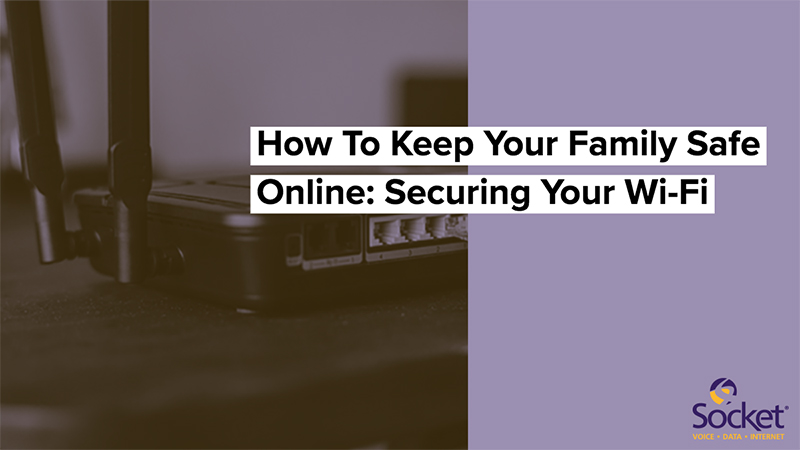The internet is always changing and has become a giant hub for sharing information with people you know and don’t know. But a big issue that arises is how to stay safe online, especially for younger kids and teens. Knowing how to keep your children safe will help you feel at ease while they are browsing the web.
After finding the right internet provider, your next step is making sure your Wi-Fi connection is secure before your kids have access. Weak security can lead to cyber attacks, including viruses, fraud, and computer hacks.
Choose the right encryption
Your encryption is your wireless security protocol. Simply speaking, it requires an encryption key to access the network, and that key is stored in the router and the computers on the network. If someone doesn’t have a key, they will not be allowed in. So far there are three main types:
-
WEP (Wired Equivalent Privacy): Developed in 1999, this is the oldest encryption and the least secure. Hackers can easily access your network, which can be harmful for you and your children. If you still rely on this vulnerable system, you should look into getting an update.
-
WPA (Wi-Fi Protected Access): WPA is definitely better than WEP, and was developed in response to WEP’s shortcomings. Home networks use a pre-shared key (PSK). This key automatically changes at a preset time interval to make it harder for hackers to break in. Still, WPA can be vulnerable to intrusion.
-
WPA2 (Wi-Fi Protected Access Version 2): If you want the best security for your family, WPA2 is the way to go. WPA2 is the updated version of WPA and addresses some of the concerns that came with the original encryption. It uses the Advanced Encryption Standard (AES), which is approved by the U.S. government.
Create a unique password
Your password is what blocks others from using your Wi-Fi, so making sure it is strong is the next step for online safety. If you want to create your own, keep these tips in mind:
-
Don’t use the same password you use for everything else
-
Use a combination of letters and numbers
-
Try to keep your password long
A secure Wi-Fi connection is only one step to ensuring your children are protected on the web. To continue learning more about online safety, be sure to watch out for the next post in our series. You can also check out this great article from ProPrivacy.


